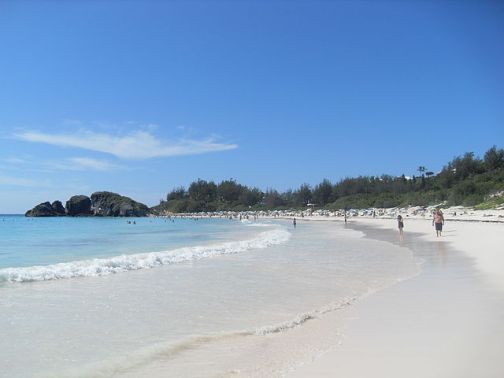Alright, here it is, the first instalment of – the highly anticipated – Craig’s Questions. The First question came about following a conversation with someone who is studying maths. He (Andy) casually dropped the following phrase into the conversation about numbers, as a statement meant to inspire wonder. The statement did more than just that for me though, it raised my curiosity and I felt compelled to sit down and work it out for myself. But here’s the thing to consider before we go any further, numbers, beyond a certain point, lose their meaning to us. I don’t really think our brain works well with visualising numbers beyond the thousands and it probably struggles even with that. For example, I know that I can’t visualise 10,000 apples. I understand the concept of the number but I couldn’t form an accurate picture of it in my head. Would it be as tall as me if they were still in their cases? (Probably.) How wide would it be if we staked them to only my height (6 ft)? These answers just elude my intuition and, I suspect, you’re no different. The following question takes advantage of that and forces us into the realms of Avogadro’s number, maths and straight up comparisons. At first these types of statements or questions seem impossible to answer and if anyone delivered an answer confidently enough one way or another, you might just be inclined to believe them and move on with your day. Hopefully you’ll realise that working it out is more fun.
Read this question, think about it and have a guess (no cheating or working it out for yourself, we’ll run through the maths together later on). I’d love to know what you thought. To make this even more fun, comment (below) or tweet me (@Sci_McInnes) your intuitive guess now before we move on. I’d genuinely love to know what you think!
So here we go, the first question:
“Is it true that there are more atoms in a grain of sand than there are grains of sand on the Earth?”
So, first off, to the (chemist’s) easy part: how many atoms are there in a grain of sand?
To do this, we need to know about Avogadro’s number (nice video). This number tells us how many atoms there are in one mole of a substance (i.e. how many atoms there are in 12 grams of carbon-12, for example); the answer is 6.022×1023. That’s a big number. We use Avogadro’s number to give us the number of atoms in a grain of sand in the following way (pssst, skip this if you don’t like maths, just look for the other blue “pssst”.):
Avogadro’s number =number of molecules in gram of sand (1.004×1022)
Weight of one molecule of sand
We then multiply this by three as there are three atoms in every molecule. The answer is 3.012×1022.
So now we know the number of atoms in a gram of sand, we’ve got to figure out how many grains of sand there are in a gram and multiply it by the number of atoms in that same weight.
If a medium grain of sand takes up 0.5 mm of space (0.0005 cm3) and 1 cm3 of sand weighs ~2.8 g then one medium grain of sand weighs about 0.0014 g (1.4 mg)
Now: number of atoms per gram x number of grains per gram = number of atoms in one grain
0.0014 x 3.012×1022 = 4.33×1019
(Pssst, pay attention here) That means that there are 43 quintillion atoms in one grain of sand. Damn, that’s a big number.
Now, how many grains of sand are there on the Earth?
This bit was a little trickier. I couldn’t just straight out guess it because I don’t have a map or any concept of how deep the grains of sand go in a desert, or a beach, or even a sandpit for an Olympic game of beach volleyball. So I had to look it up and the estimates vary from between 7.5×1018 throughto 7×1021. It seems that all of these estimates are ignoring the deserts and the ocean, so I think that we can say that even the upper estimate here is quite conservative. So let’s compare the two numbers and see which is bigger; 7 sextillion or 43 quintillion? That’s right, you guessed it, it’s 7 sextillion (7×1021).
So that means that, even being fairly conservative with our estimates, and to answer our original question, there are more grains of sand on the Earth than there are atoms in one grain of sand, by at least three orders of magnitude. Mind blowing! I have to say, regardless of the outcome, the mere fact that we can contemplate these questions with some degree of precision is, really, the truly mind-blowing thing and that’s why I decided to write about it today; science is awesome.
Thanks for the constant slew of “Craig’s Questions” go to Sam (@_whitewashed) and the many interesting conversations with Kieran and Andy. If you have a question that you’d like me to answer, tweet me (@Sci_McInnes) or email me c (dot) mcinnes (dot) chem (at) gmail (dot) com and I’ll do my best to answer them.


